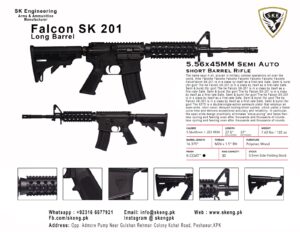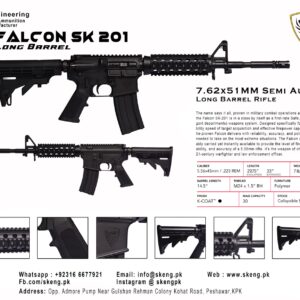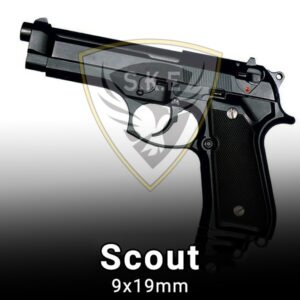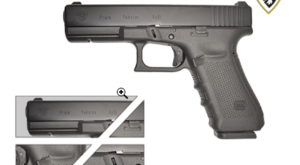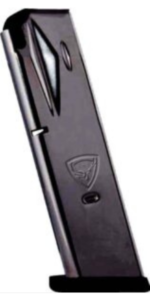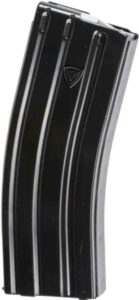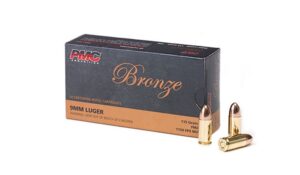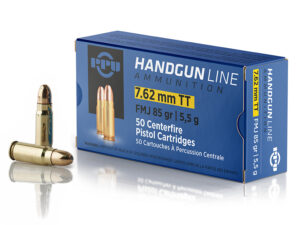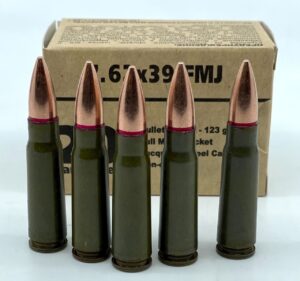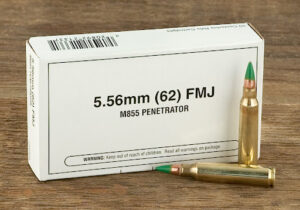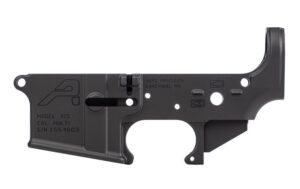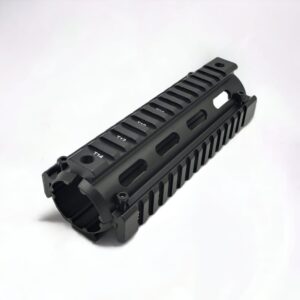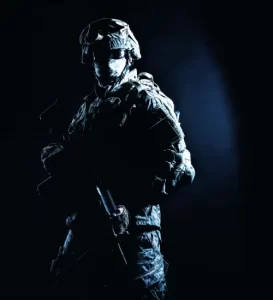Unveiling the Arsenal: Weapons in Bannu
In the rugged terrain of Bannu, a city steeped in history and tradition, one finds not just tales of valor and resilience but also whispers of a different kind of legacy – that of weapons. From ancient times to the modern era, the narrative of Bannu is intertwined with the evolution and usage of various armaments. In this exploration, we delve into the rich tapestry of weapons in Bannu, from traditional implements to contemporary firearms, uncovering the stories they tell and the roles they play in shaping the region’s identity.
The Historical Tapestry:
Bannu’s strategic location at the crossroads of ancient trade routes rendered it a melting pot of cultures and civilizations. As such, the city has witnessed the ebb and flow of empires, each leaving its mark on the weaponry employed by its inhabitants. From the nomadic tribes of antiquity wielding rudimentary tools for hunting and defense to the sophisticated arms of the Mughal and British periods, the evolution of weapons in Bannu reflects the socio-political dynamics of the region.
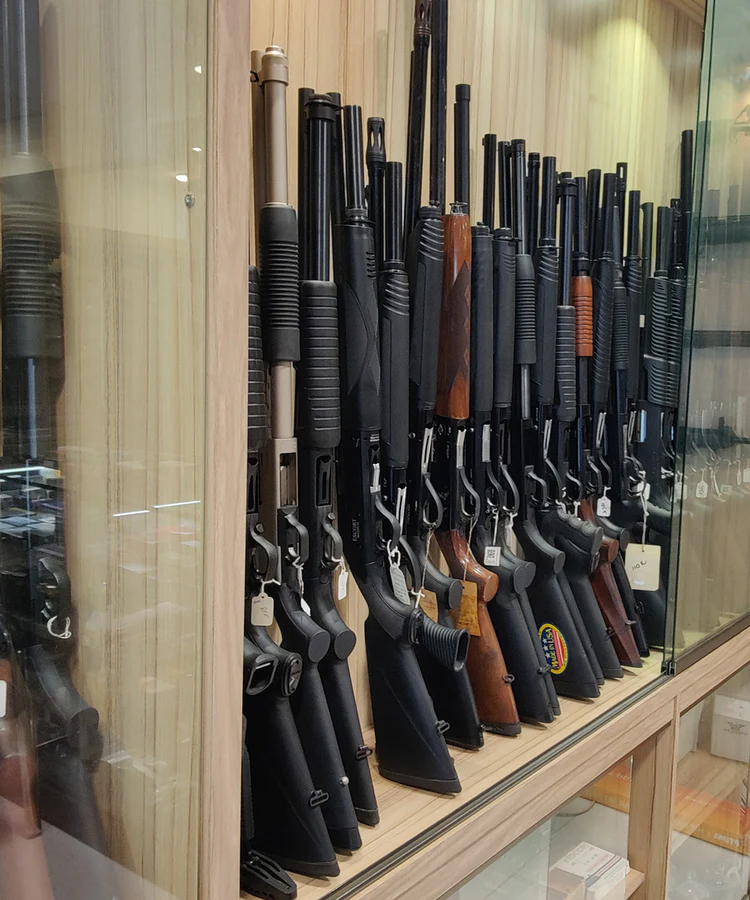
Traditional Arms:
The heart of Bannu beats to the rhythm of tradition, and nowhere is this more evident than in its array of traditional arms. The Pashtuns, who form a significant portion of Bannu’s populace, have long upheld a martial ethos, reflected in their choice of weaponry. The iconic khyber knife, with its curved blade and ornate handle, symbolizes the resilience and resourcefulness of the Pashtun people. Similarly, the ubiquitous lathi, a sturdy wooden staff, serves both as a walking stick and a formidable weapon in the skilled hands of its wielder.
Moreover, Bannu boasts a rich tradition of archery, with bows crafted from local materials such as bamboo and sinew. The sight of archers honing their craft in the outskirts of the city is a testament to the enduring allure of this ancient art form. In a world increasingly dominated by firearms, these traditional arms serve as a link to Bannu’s storied past, preserving age-old customs and skills for future generations.
Modern Firearms:
While tradition holds a revered place in Bannu’s collective consciousness, the realities of the modern world have necessitated the adoption of more advanced weaponry. The proliferation of firearms, both legal and illicit, has reshaped the dynamics of conflict and security in the region. From locally crafted pistols to imported rifles, the streets of Bannu bear witness to the omnipresence of firearms in everyday life.
However, alongside legitimate usage for hunting and self-defense, the proliferation of weapons in Bannu also presents challenges in terms of law enforcement and public safety. The illegal arms trade, fueled by regional instability and porous borders, poses a persistent threat to the peace and stability of Bannu and its surrounding areas. Efforts to curb this menace require not only stringent enforcement measures but also holistic approaches addressing the underlying socio-economic factors driving the demand for weapons.
Conclusion:
In the tapestry of Bannu’s history, weapons emerge as both artifacts of tradition and agents of change. From the ancient khyber knife to the modern firearm, these implements embody the resilience, resourcefulness, and adaptability of the people of Bannu. As the city navigates the complexities of the modern world, the challenge lies in preserving its rich cultural heritage while embracing the opportunities for progress and development. In doing so, weapons in Bannu continues to write its own story, where the clashing of swords and the firing of guns are but chapters in a larger narrative of resilience, unity, and hope.
-
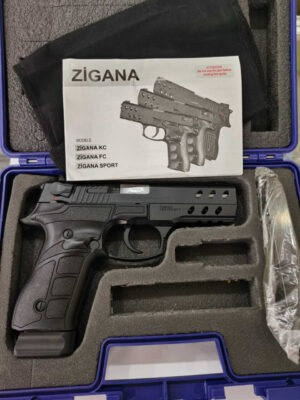
zigana original 9mm pistol price in pakistan
Read more -
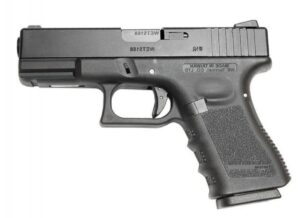
SK 19 Pistol
Read more -
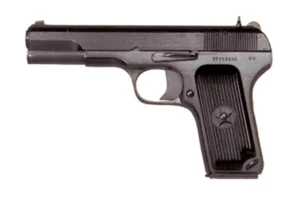
S.K Phantom 30
Read more -
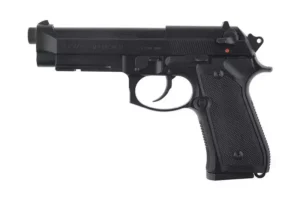
S.K Scout 9×19
Rated 3.50 out of 5Read more -

S.K PRISM 9X19
Read more -
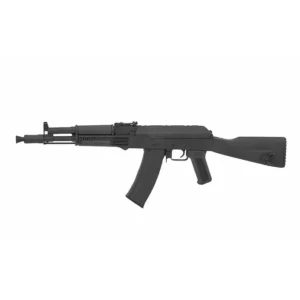
S.K Eagle 223
Read more -
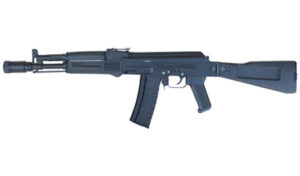
S.K EAGLE 7.62×51
Read more -

S.K Eagle 7.62×51 COMPACT
Read more -

S.K EAGLE 7.62×51
Read more -
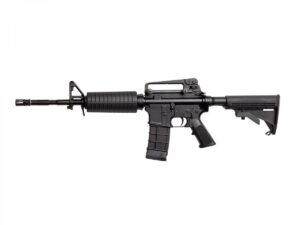
S.K FALCON 5.56×45
Read more -
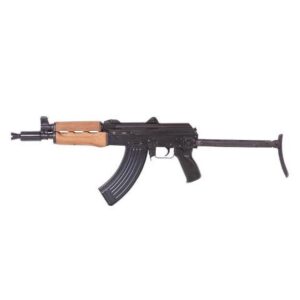
S.K.E Al-Badr 762V3 Compact
Read more -
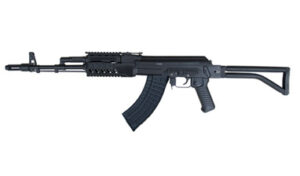
S.K.E Al-Badr 762V1
Read more -

S.K.E Al-Badr 762V2
Read more -

MAG SK 9X19 V1
Read more -
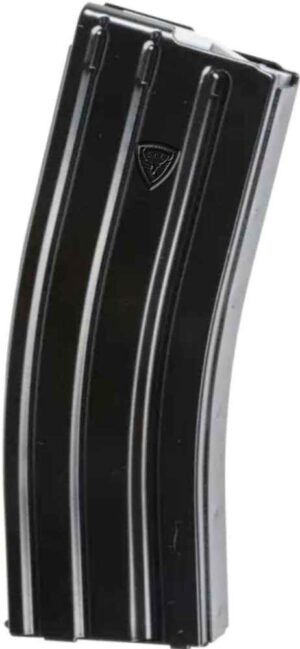
MAG SK 5.56X45
Read more -
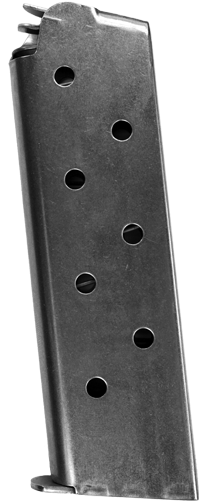
MAG SK 30
Read more

